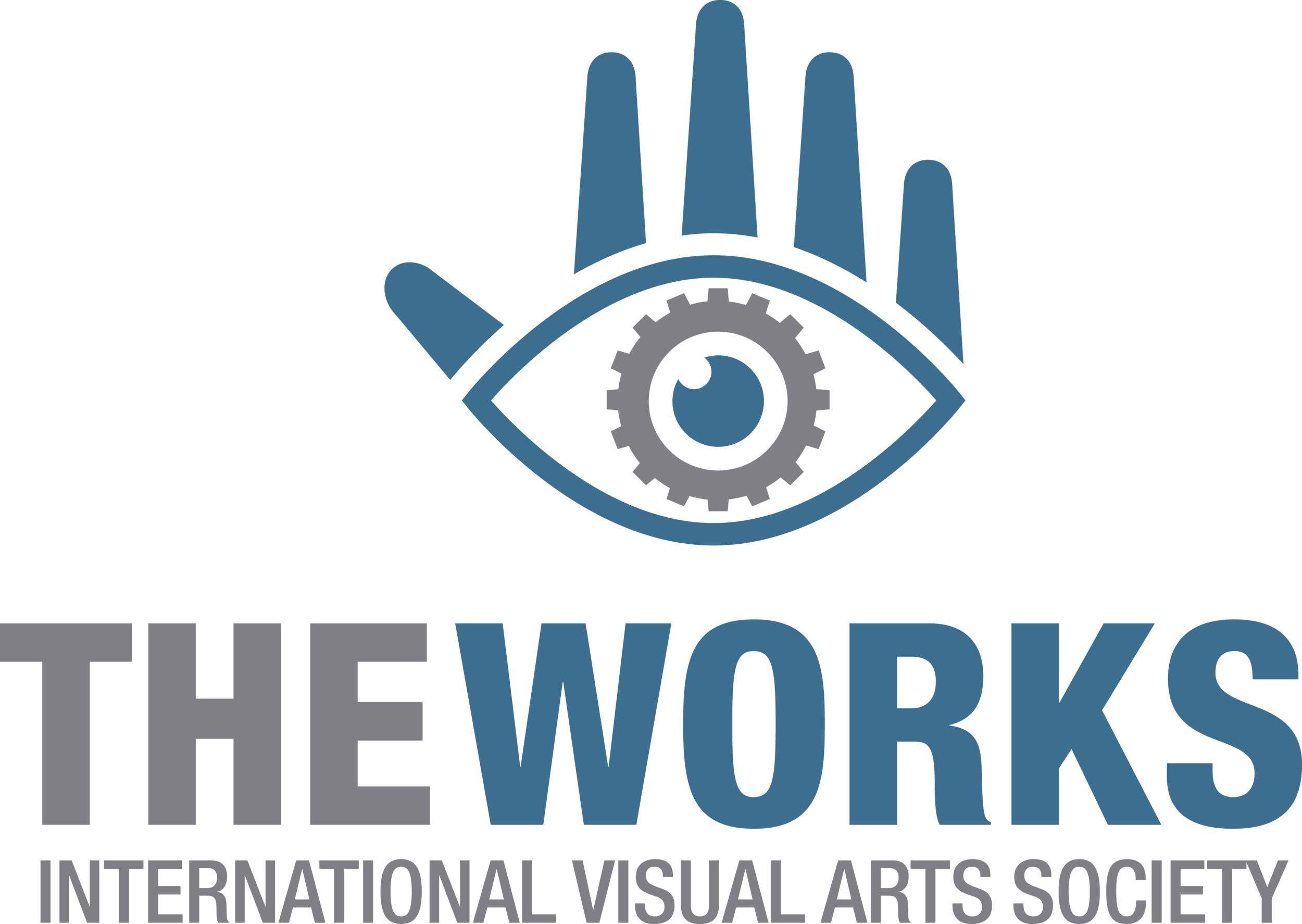I became a Situationist and all I got was this t-shirt
By: Haylee Fortin, Curatorial Assistant.

Image: Drawing by the author Haylee Fortin
Without access to a car, I do a lot of walking. In this process of moving, a physical connection is created between body and place. Walking can be meditative, energizing, challenging and rewarding. As the act of walking translates distance into time, sights seen, sounds heard and energy spent, it imparts an appreciation for what exists between point A and point B. However, with the advent of digitizing maps at the street level, walking is affected more and more by the technology we use.
Bekk Wells’ The Walking Stitch, is an ongoing project which invites participants to explore and re-think wayfinding in urban spaces through walking and craft. Maps of the participant’s city are printed onto fabric and then made into pillows. Wells encourages small groups to set out on an exploratory route, to seek out unfamiliar places or re-experience the familiar in a new way. Each person is given a printed pillow, as well as a needle and thread to stitch the progress of their path. With every iteration of The Walking Stitch a new physical record of a walk taken is generated.
There is a commitment to meandering in The Walking Stitch that contrasts the increasingly common practice of using an app to deliver the most efficient and direct course to a destination. Wells’ work responds to the Situationists’ practice of dérive, an unplanned journey guided by the landscape and whatever encounters take place en route. Movement without purpose is at odds with the new trend towards monetizing where people go, when they go and how they get there. In a society of smart phone users, we are often unknowingly supplying the data of our day to day movements to interested parties through “geolocation” data. Phone applications like the popular Pokémon Go have the ability through their terms and conditions to track user’s location in real time, allowing marketers the possibility of predicting a user’s buying habits or digitally customizing advertising to each individual. Habits that may be imperceptible to you are useful to companies that see your potential as a consumer. To deviate from your daily routine is disruptive to this form of data collection.
Without a labeled map or destination, The Walking Stitch requires you to take notice of the space around you and operate, albeit temporarily, outside of your usual routine. By isolating map reading and embroidery as experiences without an express goal, Wells draws your attention to their changing roles in a society inundated with technology. What future do these skills have? As we move towards an increasingly digitized world, it’s worth contemplating how the loss of analog knowledge impacts our relationship with digital systems.

Image: Bekk Wells’ The Walking Stitch, 2019
____________
About the author: Creative both in practice and thought, Haylee Fortin is an Edmonton based painter, new media artist and printmaker. Haylee’s practice often addresses themes of isolation and femininity through collage and imagery sourced from online hunting forums. Graduating with distinction from the University of Alberta’s Fine Art program in 2015, Haylee has since pursued an interest in art as a means of community engagement with local artist run centers. Through her position as studio assistant, Haylee supports programming for artists with developmental disabilities at the Nina Haggerty Center as well as courses in print-making at the Society of Northern Alberta Print-artists (SNAP). As the installation artist for the 2016 and 2017 URB PRK concert series, Haylee developed an appreciation for public art through creating weekly public art installations. An appreciation which continues to grow through her position as curatorial assistant with The Works.
